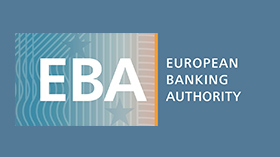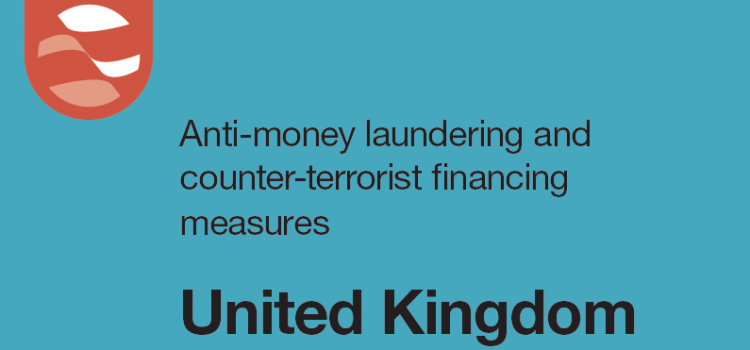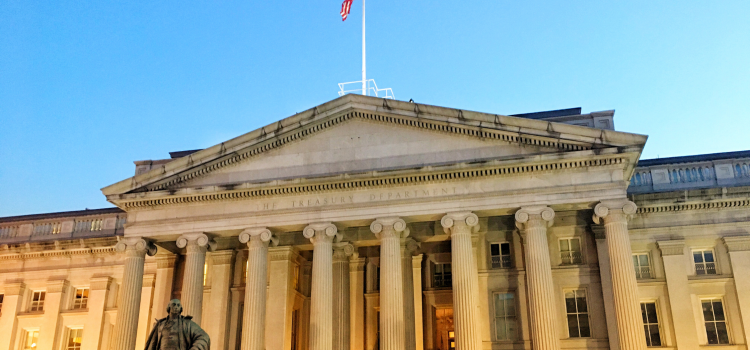Upcoming changes to the UK’s anti-money laundering regime – Part 2
In July 2021, HM Treasury launched a new AML consultation entitled ‘Amendments to the Money Laundering Terrorist Financing and Transfer of Funds Regulations 2017’. This consultation outlined ways in which the government intended to amend the UK’s money laundering regulations (MLRs) with several time-sensitive updates. The planned updates are required to ensure that the UK continues to meet international AML standards, whilst also clarifying how the UK’s anti-money laundering and counter-terrorist financing (AML/CTF) regime works.
The changes to the MLRs have been made through draft secondary legislation entitled ‘the Money Laundering and Terrorist Financing (Amendment) (No. 2) Regulations 2022’. Most of the measures in this SI will come into force on 1 September 2022, subject to parliamentary approval.
In this series of blog posts, we take a closer look at what these changes will mean for anti-money laundering compliance.
Continue reading







